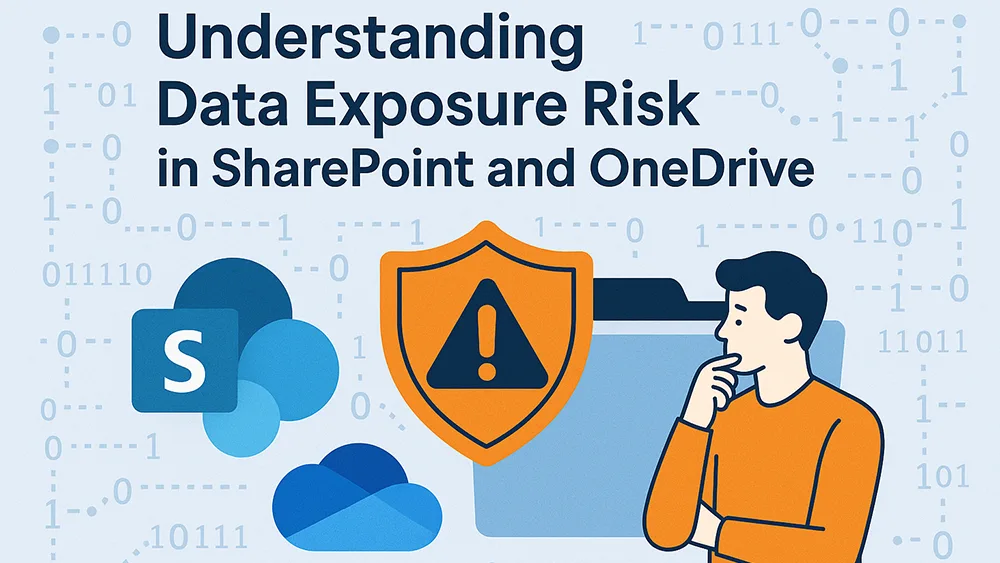AI in Malware Analysis

Posted on April 28, 2025 by Rob May
Welcome to our technical blog, where we share insights and expertise on a variety of technical topics. This post is part of our ongoing series, specifically aimed at professionals in technical roles, providing in-depth information and practical tips.
Malware analysis is a crucial aspect of cybersecurity, aimed at understanding the behaviour, origin, and impact of malicious software. As malware becomes increasingly sophisticated, traditional analysis methods struggle to keep up. Artificial intelligence (AI) offers advanced techniques that enhance the detection, classification, and mitigation of malware. This blog explores how AI is revolutionising malware analysis, providing detailed insights into its methodologies, applications, and benefits.
Understanding Malware Analysis
Malware analysis involves examining malicious software to understand its purpose, functionality, and potential impact. There are two primary types of malware analysis:
- Static Analysis: Examining the code, structure, and properties of malware without executing it. This involves analysing binaries, code snippets, and file structures to identify signatures and characteristics.
- Dynamic Analysis: Observing the behaviour of malware in a controlled environment. This involves executing the malware in a sandbox to monitor its actions, network communication, and system modifications.
While both methods are essential, they can be time-consuming and labour-intensive. AI-driven techniques enhance these processes by automating analysis and providing deeper insights.
AI Techniques in Malware Analysis:
Machine Learning for Static Analysis
Machine learning algorithms can significantly enhance static malware analysis by automating the detection and classification of malware based on its code and structural features. Supervised learning models, such as decision trees, support vector machines (SVM), and neural networks, can be trained on datasets of known malware and benign software to identify distinguishing features.
For example, a machine learning model might analyse opcode sequences, API calls, and file headers to classify a binary as either malicious or benign. By learning from a vast corpus of labelled samples, these models can detect new and previously unknown malware variants with high accuracy.

Deep Learning for Dynamic Analysis
Deep learning techniques, particularly Convolutional Neural Networks (CNNs) and Recurrent Neural Networks (RNNs), are highly effective in dynamic malware analysis. These models can analyse behavioural patterns and temporal sequences to detect malicious activities.
CNNs can be used to examine network traffic patterns, system calls, and other behavioural indicators. For instance, a CNN might analyse the patterns of network traffic generated by a piece of malware to identify characteristics of data exfiltration or command-and-control communication. RNNs, on the other hand, are well-suited for analysing sequences of system events, making them ideal for detecting patterns in malware execution traces.
Generative Adversarial Networks (GANs) for Malware Detection
Generative Adversarial Networks (GANs) are a class of AI models that consist of two neural networks: a generator and a discriminator. GANs can be used in malware detection to generate synthetic malware samples, which can then be used to train more robust detection models.
The generator network creates new samples that mimic real malware, while the discriminator network attempts to distinguish between real and synthetic samples. Through this adversarial training process, the discriminator becomes increasingly proficient at detecting even subtle variations of malware, improving overall detection capabilities.
Natural Language Processing (NLP) for Threat Intelligence
NLP techniques can be applied to analyse textual data associated with malware, such as code comments, documentation, and threat reports. By processing this unstructured data, NLP models can extract valuable insights and identify commonalities between different malware families.
For example, NLP can be used to analyse threat intelligence reports to identify recurring patterns, such as specific attack vectors, targeted industries, or common tools used by threat actors. This information can help security teams anticipate and prepare for emerging threats.
Case Studies and Real-World Applications:

Case Study: ramsac secure+™
ramsac’s secure+, uses AI and machine learning to enhance its malware detection capabilities. ramsac’s AI-driven solutions analyse millions of file characteristics to identify malicious software, providing high accuracy and speed in threat detection. By leveraging machine learning models, ramsac can detect new and unknown malware variants, significantly reducing the risk of infection.
Benefits of AI in Malware Analysis:
Enhanced Detection Accuracy
AI models can analyse vast amounts of data with high precision, improving the accuracy of malware detection. This reduces the likelihood of false positives and false negatives, ensuring that genuine threats are identified and mitigated promptly.
Faster Analysis and Response
AI-driven automation significantly speeds up the malware analysis process. By automating repetitive and time-consuming tasks, AI allows security teams to respond to threats more quickly, reducing the window of vulnerability.
Improved Threat Intelligence
AI techniques, particularly NLP, enhance the ability to process and analyse threat intelligence data. This enables organisations to stay ahead of emerging threats by identifying patterns and trends in malware development and attack strategies.
Scalability
AI-driven malware analysis solutions can scale to handle large volumes of data and numerous endpoints. This scalability is crucial for organisations with extensive digital infrastructures and a high volume of potential threats.
Challenges and Considerations
While AI offers significant advantages in malware analysis, it also presents challenges that must be addressed:
Adversarial Attacks
Cybercriminals may attempt to evade AI detection by using adversarial techniques, such as manipulating data inputs. Continuous monitoring and updating of AI models are necessary to counteract these tactics.
Data Privacy and Security
The use of AI in malware analysis involves processing sensitive data. Organisations must ensure that AI solutions adhere to data privacy and security regulations to protect confidential information.
Interpretability and Transparency
AI models, particularly deep learning models, can be complex and difficult to interpret. Ensuring transparency and explainability in AI-driven malware analysis is essential for building trust and understanding the decision-making process.
Resource Requirements
Developing and maintaining AI-driven malware analysis solutions require significant computational resources and expertise. Organisations must invest in the necessary infrastructure and talent to implement and sustain these advanced tools.

AI is revolutionising malware analysis by providing advanced techniques for detecting, classifying, and mitigating malicious software. By leveraging machine learning, deep learning, and NLP, AI-driven solutions enhance the accuracy, speed, and scalability of malware analysis, offering robust defence against evolving cyber threats.

Take the ramsac AI Readiness Assessment
Our AI readiness assessment looks at what your organisation needs to implement AI, and provides you with clear guidance and support to make it happen.







